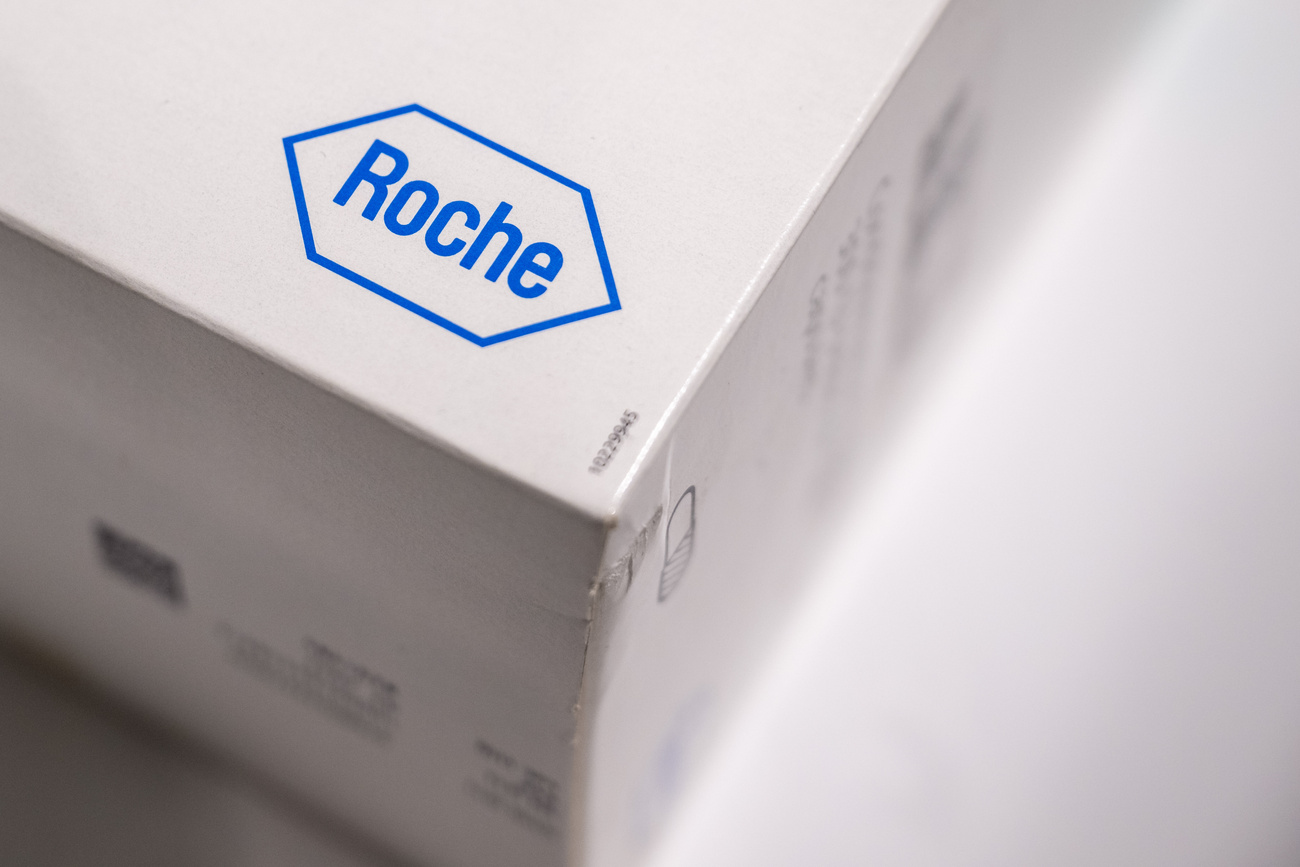
Fur shops fail to meet legal labelling requirements

Despite being legally required to provide information on the origin of fur products, around 90% of shops assessed fail to do so, a survey found.
Of the 71 shops inspected in the Swiss cantons of Geneva, Bern, Fribourg, Vaud and Neuchâtel, 64 did not meet the legal requirements for labelling their fur products. The checks were carried out by the Swiss League against VivisectionExternal link over a one month period beginning September 25. The violations ranged from no labels at all to failing to mention any information other than the species of animal. Certain shops opted to “neutralise” the labels by hiding them in hard-to-find areas like a small pocket at the bottom of the coat.
Critics say the disappointing results of the survey show that fur vendors are continuing to disregard the law. An assessment conducted by the Federal Food Safety and Veterinary OfficeExternal link in 2014, revealed that 41 of 48 fur businesses failed to conform to the new regulations.
In March 2013, Switzerland became the only country with a labelling requirement for fur which became mandatory after a one-year transition period.
The law requires that each item be tagged with the following information: type of animal, country of origin, and the method by which the fur was obtained – in other words, was it a wild animal killed by hunters or trappers? And if it was a farm animal, did it live in a herd or a pack? Or did it live in a cage, and if so, was the floor made of wire or natural materials?

More
How minks live on Danish fur farms

In compliance with the JTI standards
More: SWI swissinfo.ch certified by the Journalism Trust Initiative



























You can find an overview of ongoing debates with our journalists here . Please join us!
If you want to start a conversation about a topic raised in this article or want to report factual errors, email us at english@swissinfo.ch.